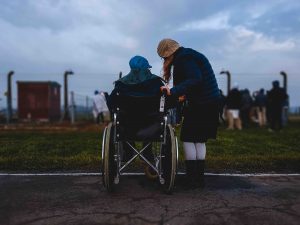 The primary way that state and federal agencies keep track of nursing home and elder abuse rates in the U.S. is through reporting. In other words, healthcare workers, physicians, nursing home staff, and others who interact with seniors are supposed to report incidents of nursing home abuse or neglect to enforcement agencies. However, according to a recent article in NPR, despite the fact that this kind of reporting is required by law, there is substantial underreporting.
The primary way that state and federal agencies keep track of nursing home and elder abuse rates in the U.S. is through reporting. In other words, healthcare workers, physicians, nursing home staff, and others who interact with seniors are supposed to report incidents of nursing home abuse or neglect to enforcement agencies. However, according to a recent article in NPR, despite the fact that this kind of reporting is required by law, there is substantial underreporting.
This information comes from a recent report published by the Office of Inspector General of the U.S. Department of Health and Human Services (HHS), which indicates that “in many cases of abuse or neglect severe enough to require medical attention, the incidents have not been reported to enforcement agencies.” Why does underreporting happen, and what steps can lead to more effective reporting?
Reporting Elder Abuse After Patients Receive Care in Emergency Room
 Southern California Nursing Home Abuse Lawyer Blog
Southern California Nursing Home Abuse Lawyer Blog
















